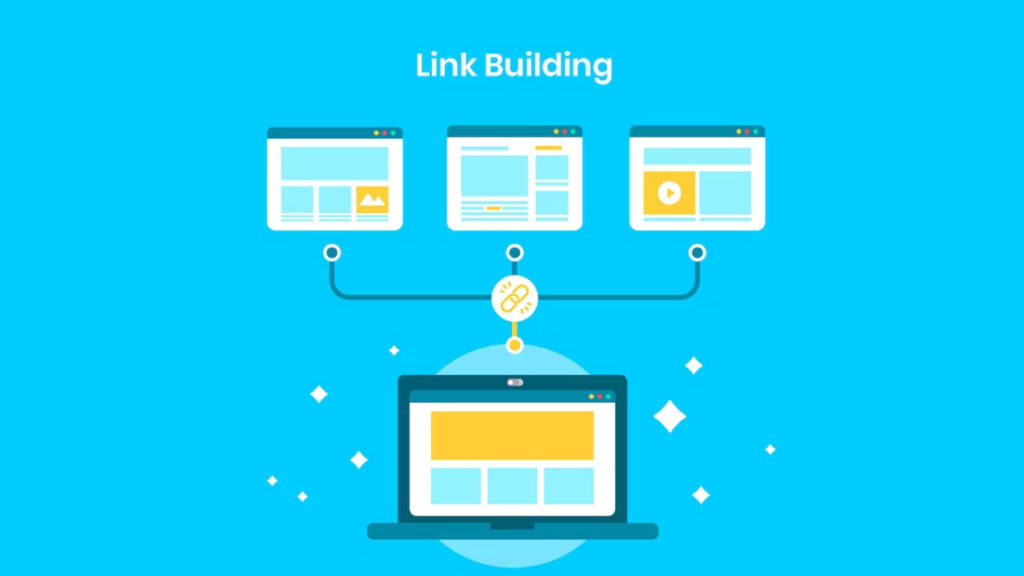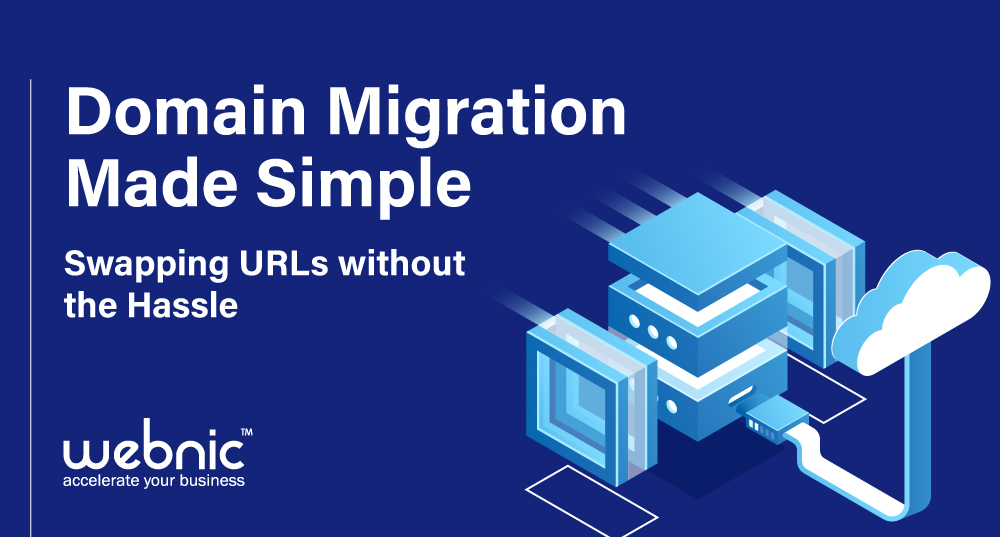In the fast-paced world of the internet, businesses and individuals often need to change domain names for various reasons. Whether it’s rebranding, a desire for a more memorable domain, or a change in business focus, domain migration is a common practice. However, the thought of migrating a domain can be daunting for many. In this article, we’ll break down the process into manageable steps to make domain migration a smooth and hassle-free experience.

1. Plan Your Migration Carefully
In the fast-paced world of the internet, businesses and individuals often need to change domain names for various reasons. Whether it’s rebranding, a desire for a more memorable domain, or a change in business focus, domain migration is a common practice. However, the thought of migrating a domain can be daunting for many. In this article, we’ll break down the process into manageable steps to make domain migration a smooth and hassle-free experience.

2. Choose a Reliable Domain Registrar
Choose a domain registrar with a good reputation and trustworthy domain transfer services. Check that your new domain registrar has all the features and tools you’ll need to ensure a seamless transition.

3. Backup Your Website and Data
Create complete backups of your website, databases, email accounts, and any other essential data related to your present domain before implementing any changes. Keep these backups in a safe place so you can quickly restore your website if necessary.

4. Inform Stakeholders and Users
Maintain open communication with all parties involved in the forthcoming domain move, including your team and visitors to your website regularly. Maintaining confidence and enabling a smooth transition both depend critically on effective communication.

5. Set Up the New Domain Infrastructure
Using the registrar of your choice, purchase and establish the new domain name. The DNS settings should be configured to point to your hosting provider. After completing this step, your brand-new domain will be prepared to host your website.

6. Migrate Your Website Content
Move the website’s files, databases, and other content that applies to the new domain. Follow the instructions provided by your website builder or content management system regarding migrating content if you are using one of these tools.

7. Update Internal Links and Resources
Ensure that all of the internal links, pictures, and scripts on your website, as well as any other resources, have been updated to reference the new domain. This contributes to the preservation of the structural and functional integrity of your website.

8. 301 Redirects for SEO Preservation
Create 301 redirects from the old domain to the equivalent pages on the new site and implement these redirects. This notifies the search engines that the pages have permanently migrated, allowing them to continue indexing your content despite the change.

9. Test Functionality and Performance
Make sure that the functionality of your website, as well as its performance, are thoroughly tested on the new domain. Check for any difficulties related to the migration, such as broken links or information that has been removed.

10. Monitor and Optimize
After the migration, you should keep a close eye on the performance of your website, as well as its SEO rankings and user feedback. Take immediate action to resolve any problems, and continue to tweak the website to boost its functionality and the overall user experience.
Conclusion
If you want to streamline the process and reduce any potential headaches, preparing your domain relocation in advance and following these steps can help. Remember that a successful domain migration enables you to adopt a new online identity while still keeping the online presence you have worked so hard to build.
Domain migration may seem daunting, but with proper planning and execution, it can be a smooth process. Follow the outlined steps: plan carefully, choose a reliable registrar, backup your data, inform stakeholders, set up the new domain, migrate content, update links, implement redirects, and monitor performance. By doing so, you can ensure a seamless transition to a new domain without losing your online presence. Stay proactive, embrace change, and optimise your website for continued success. Happy migrating!

